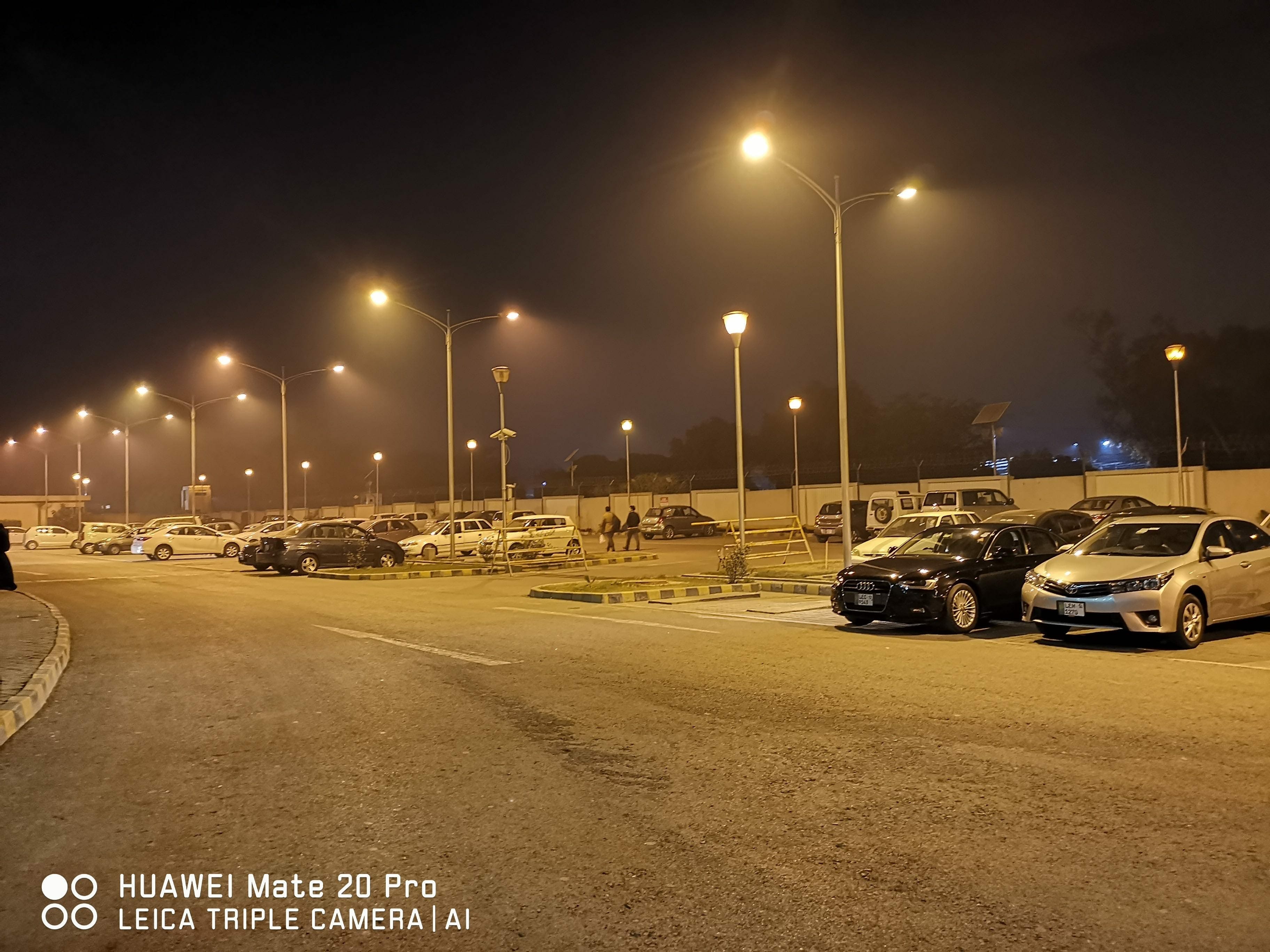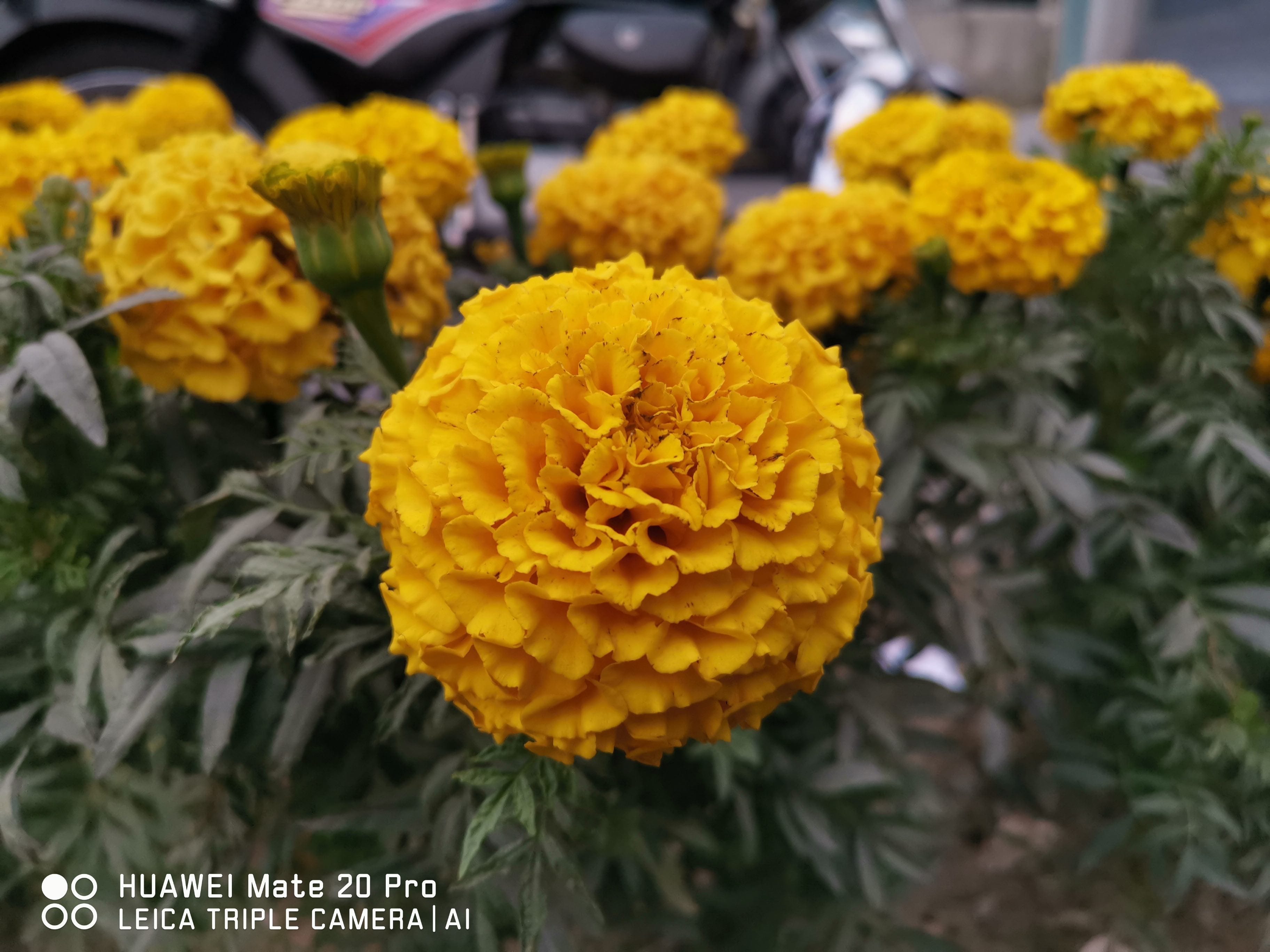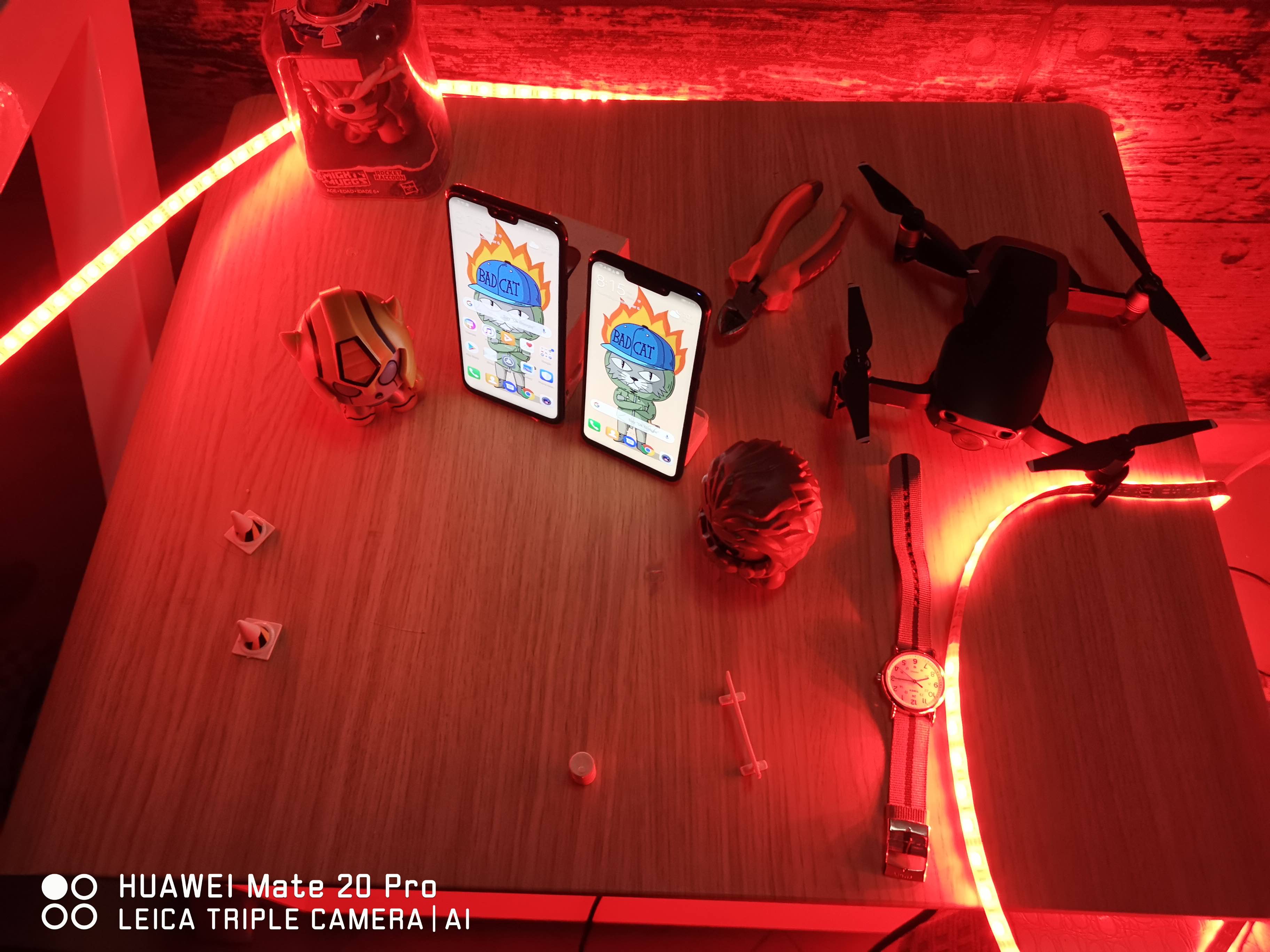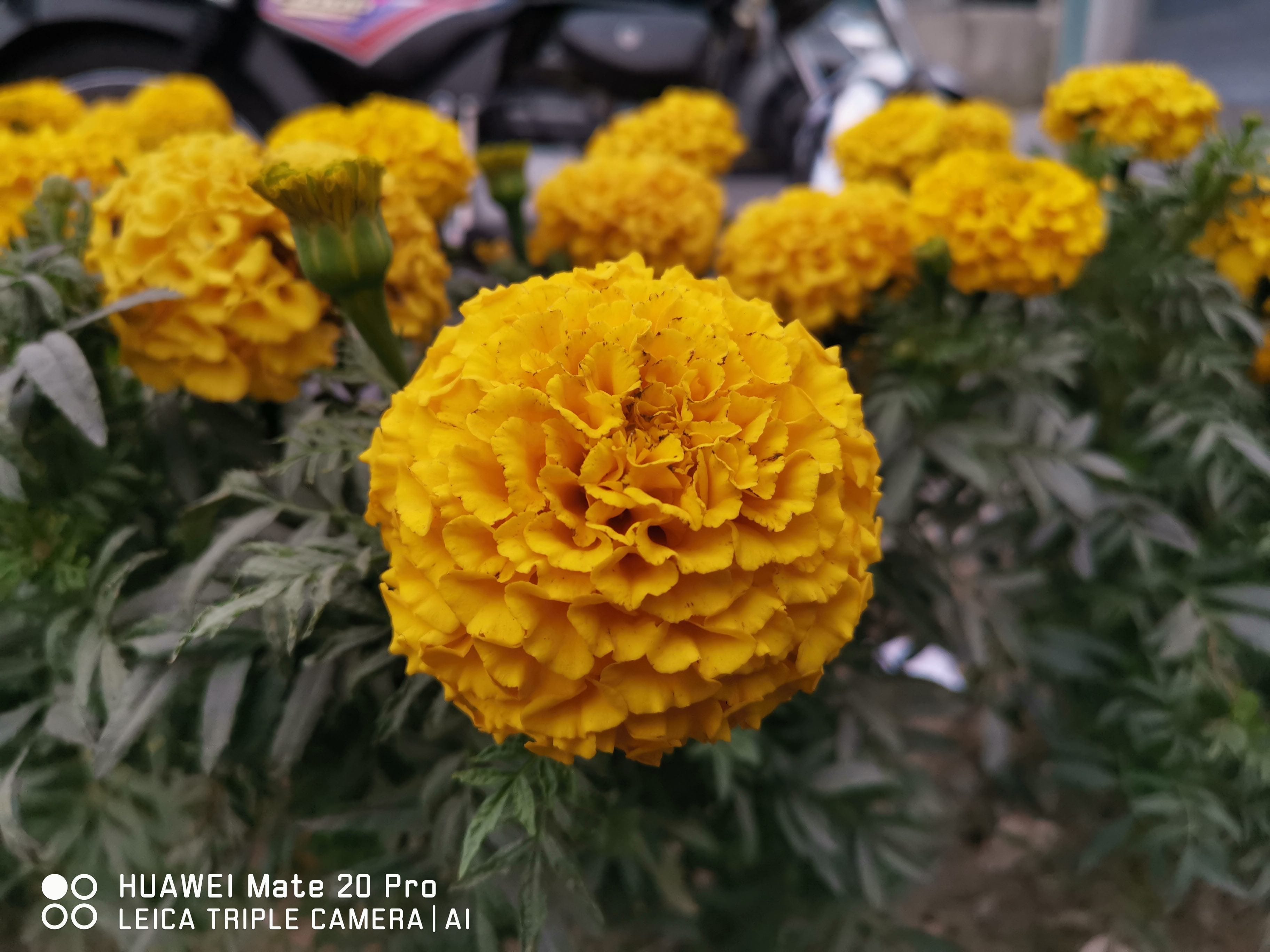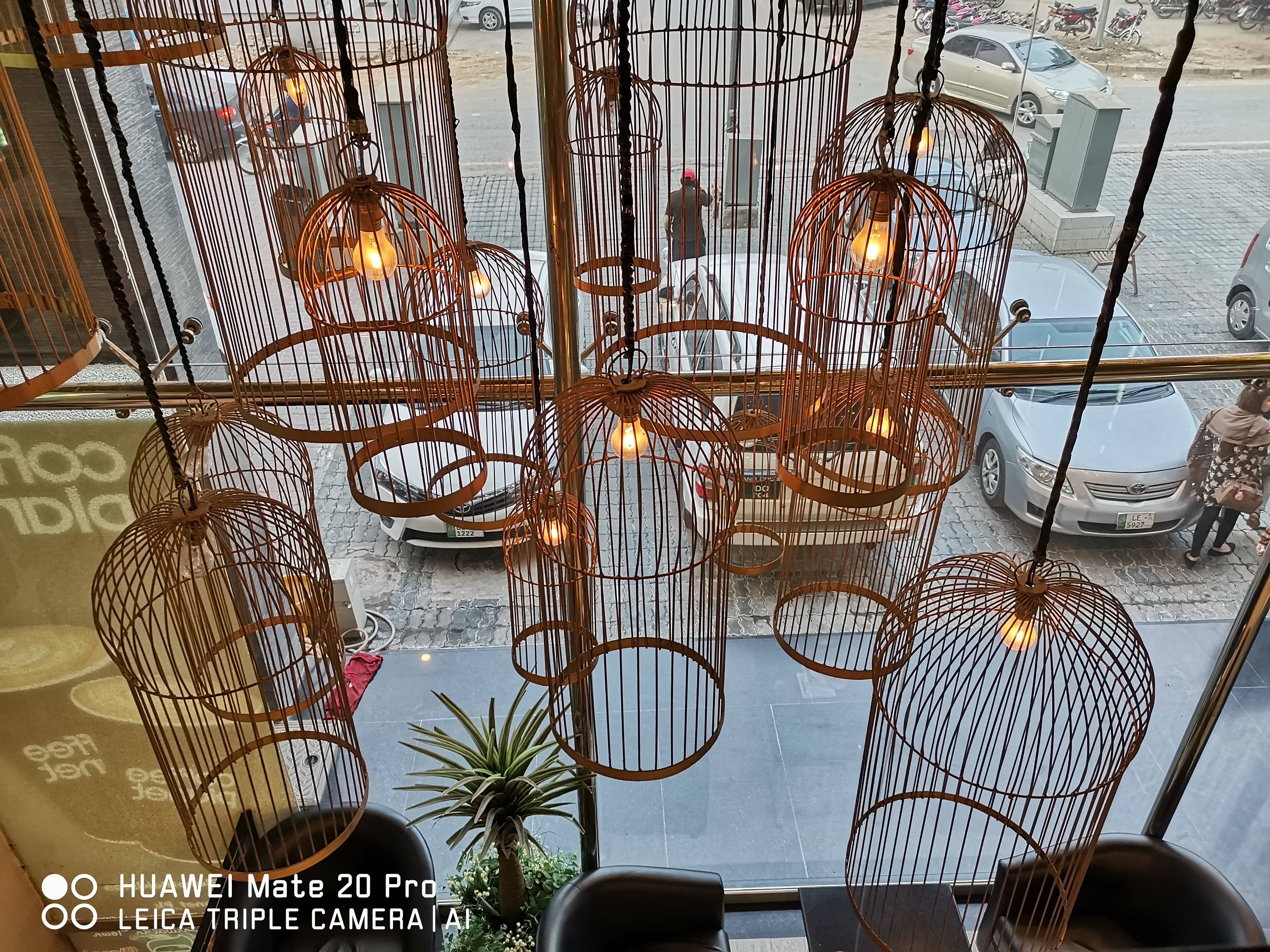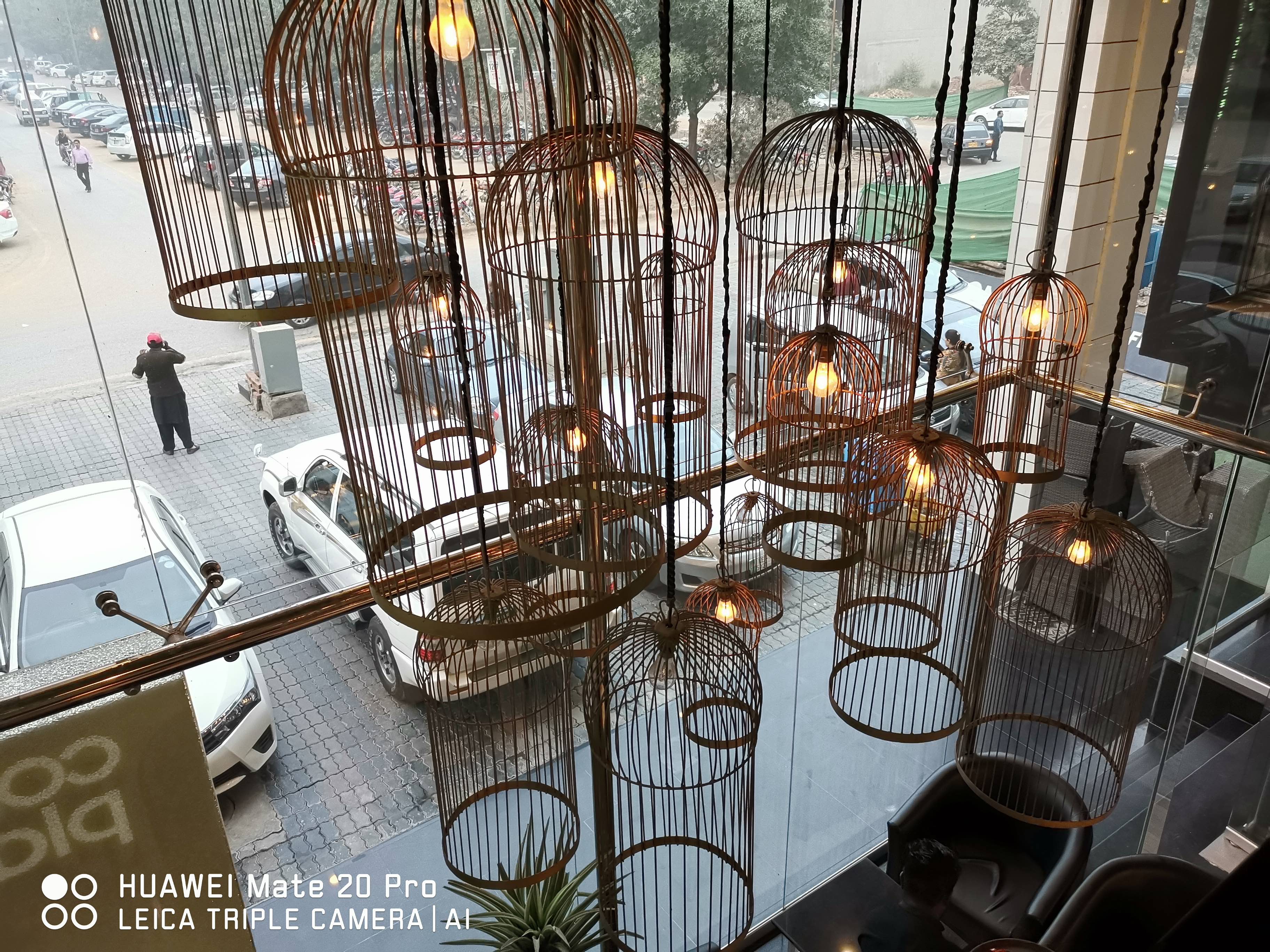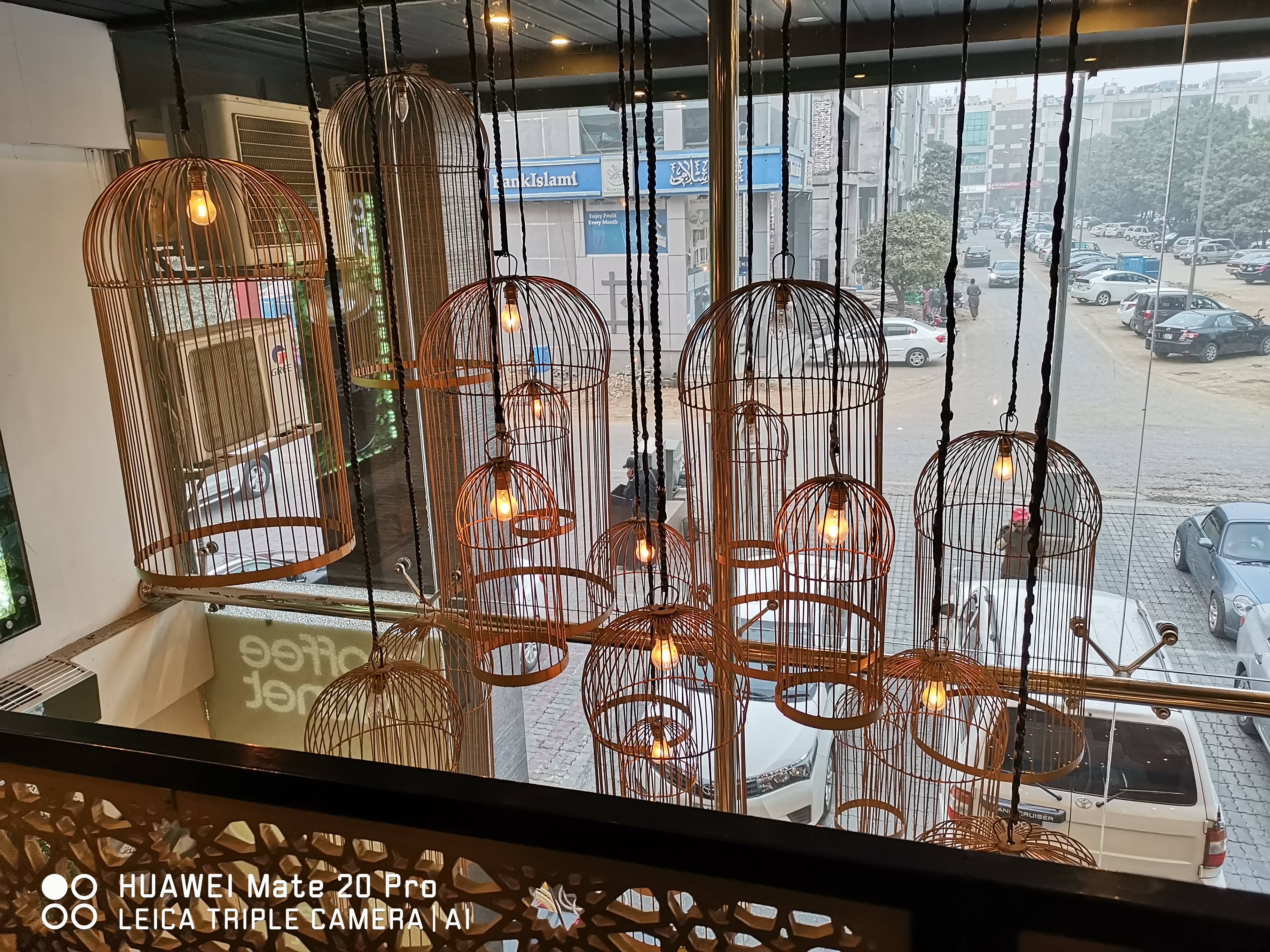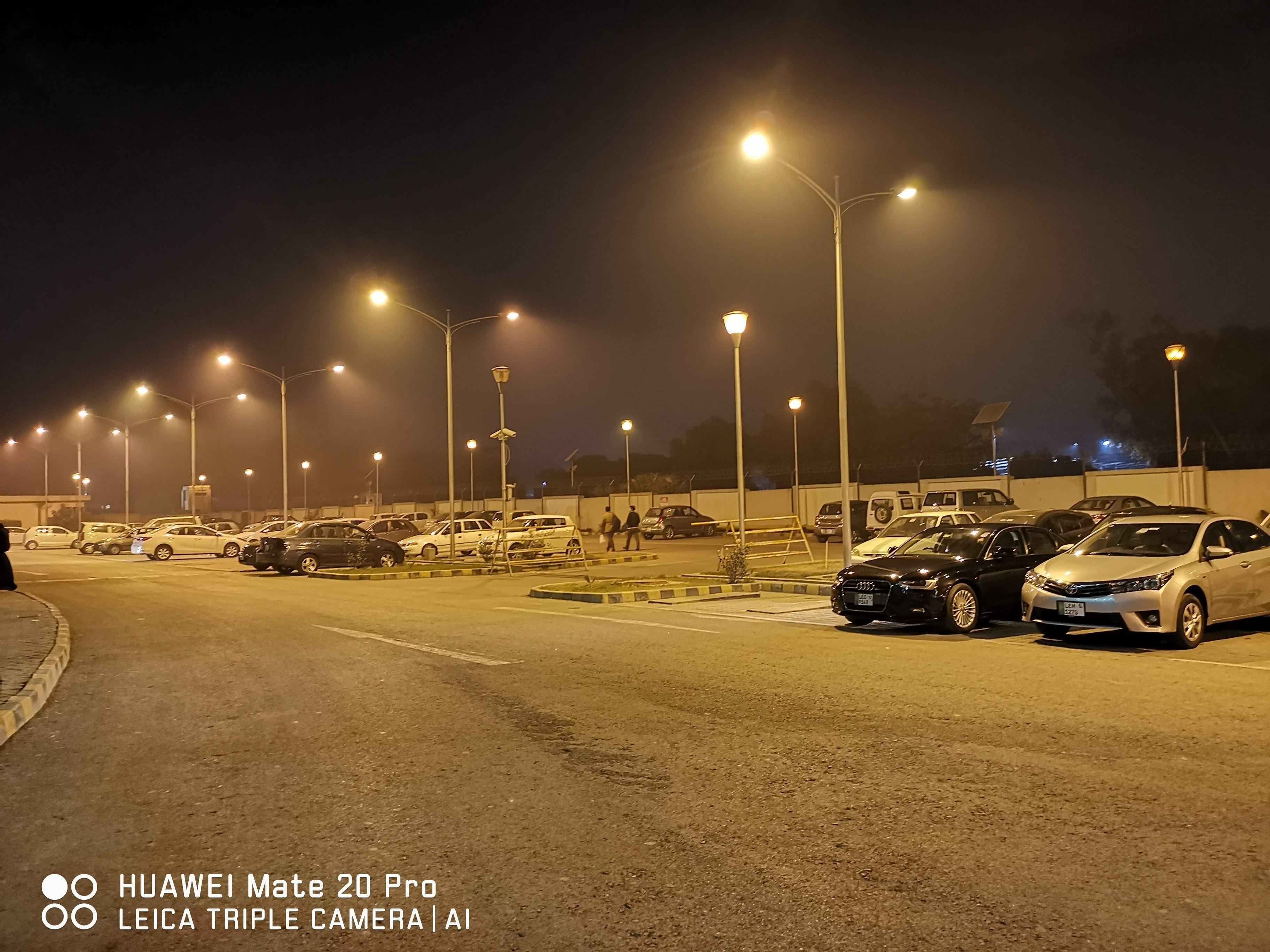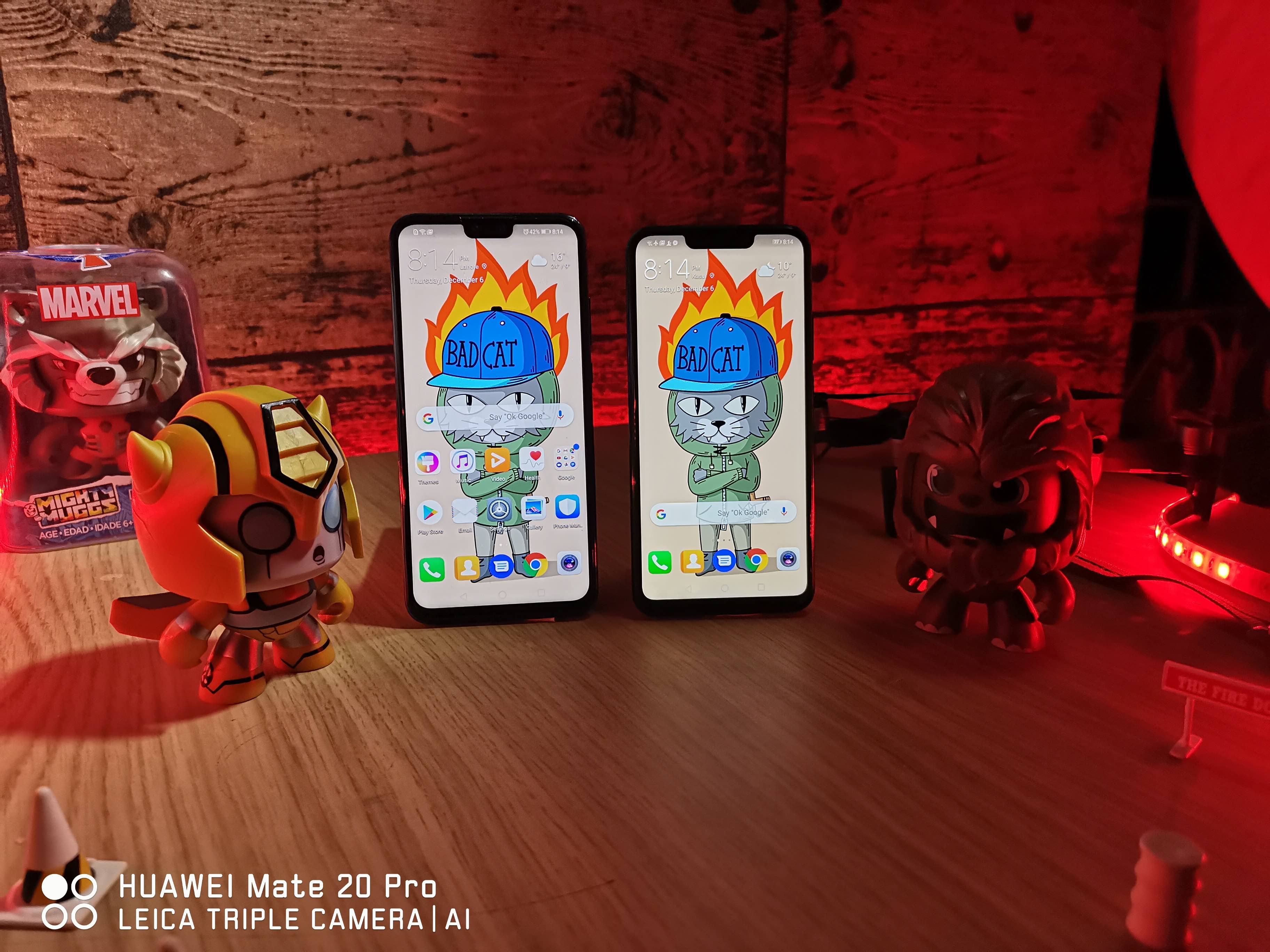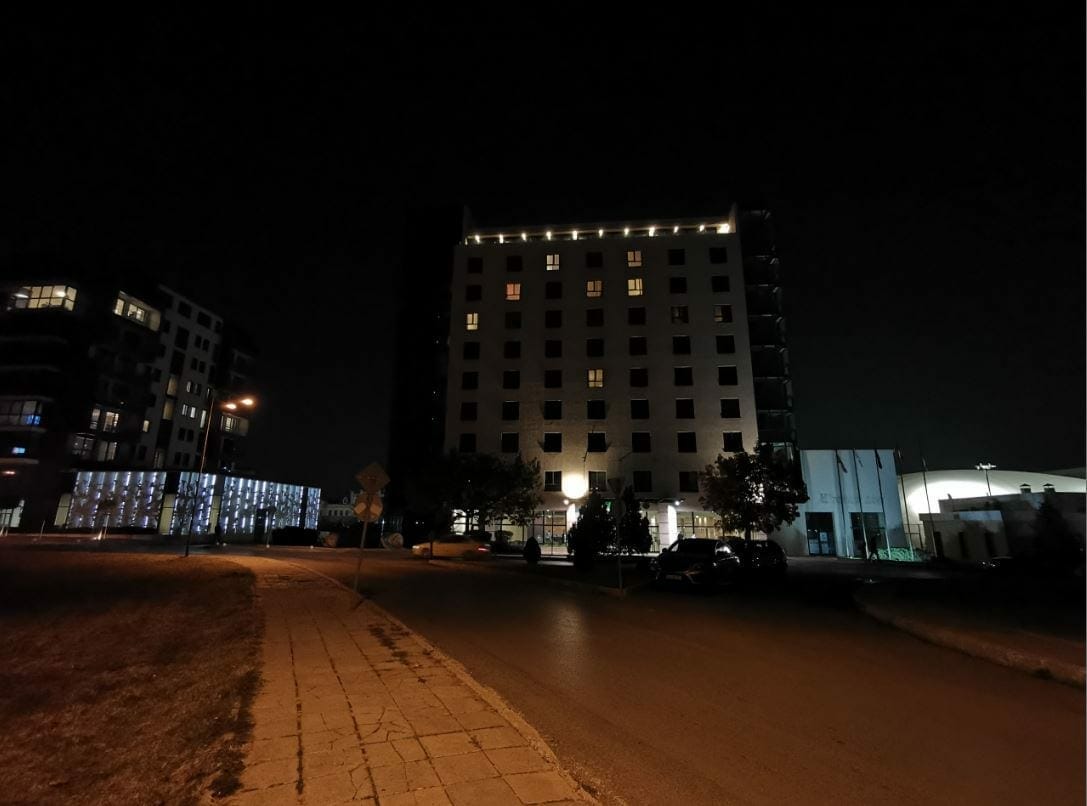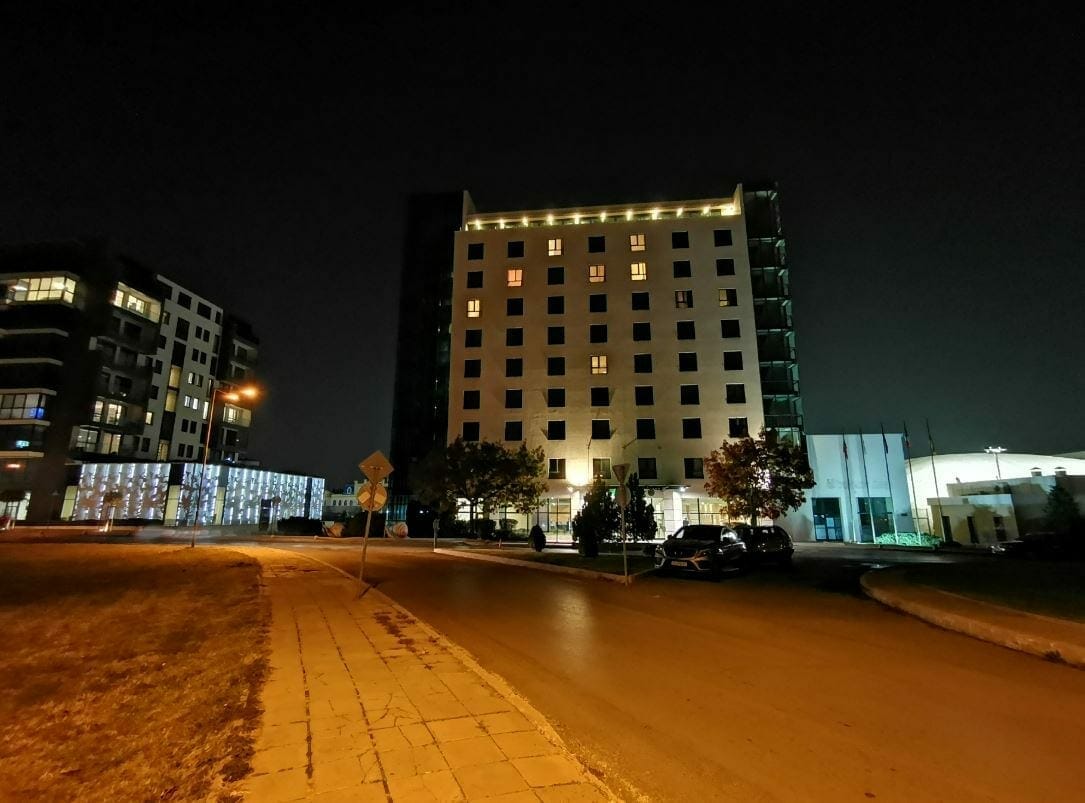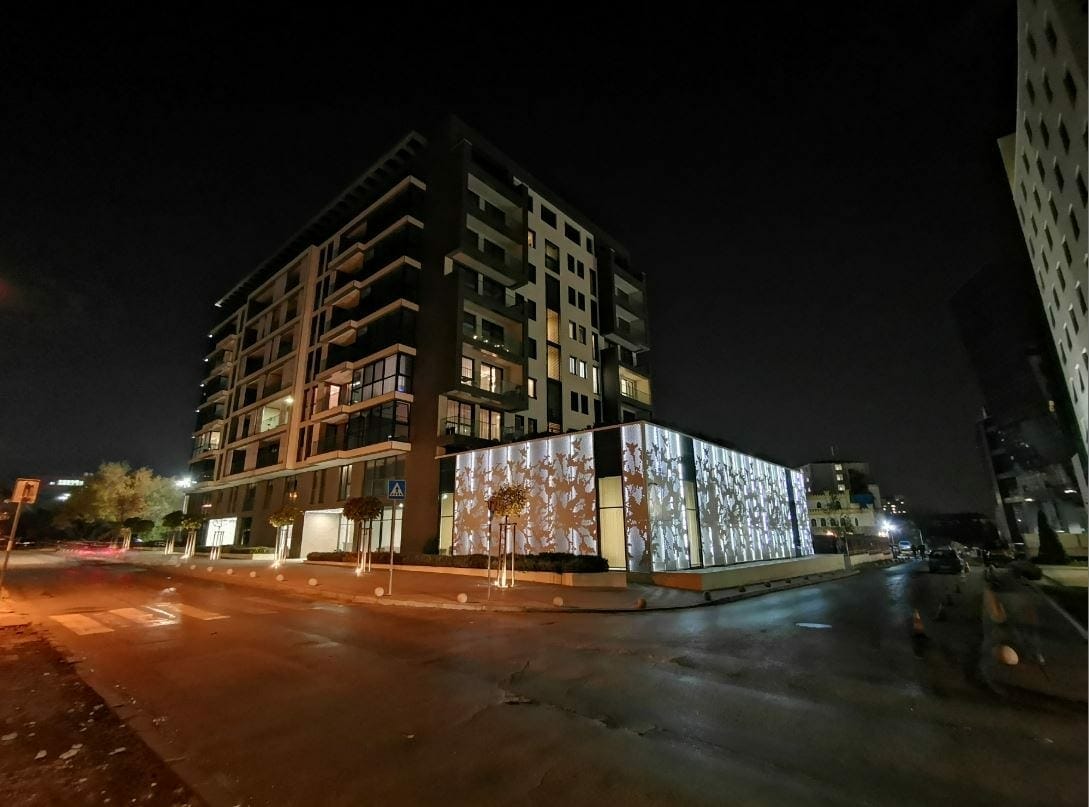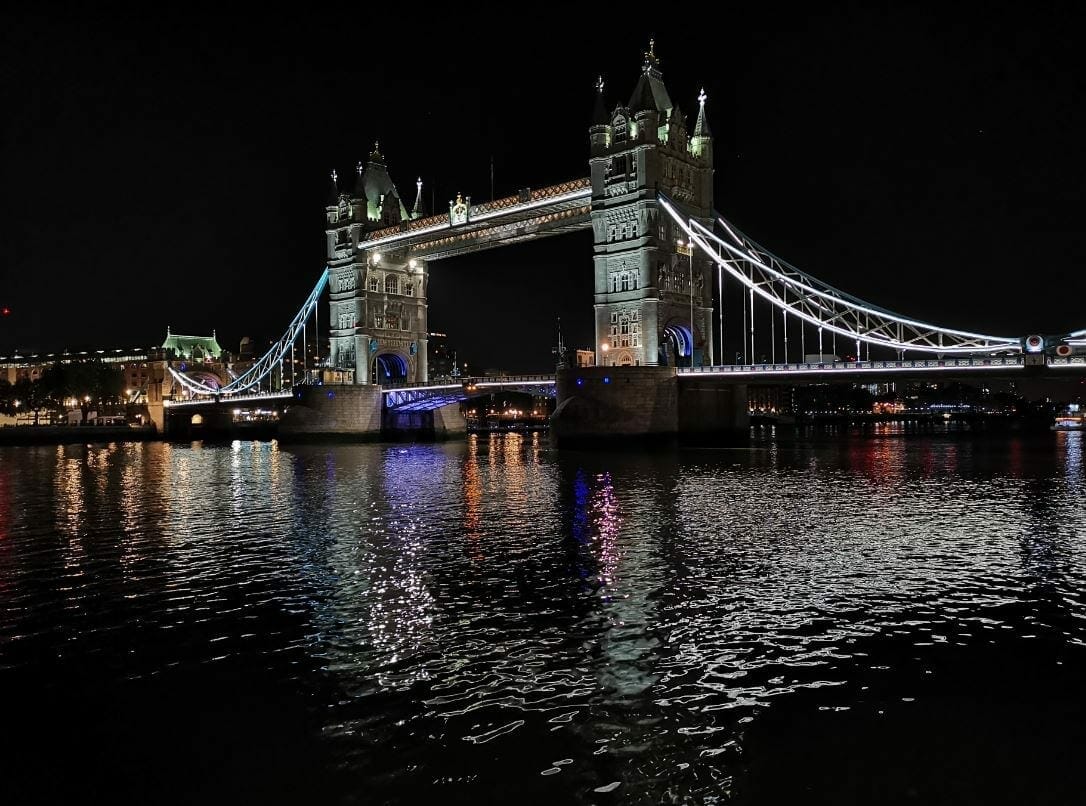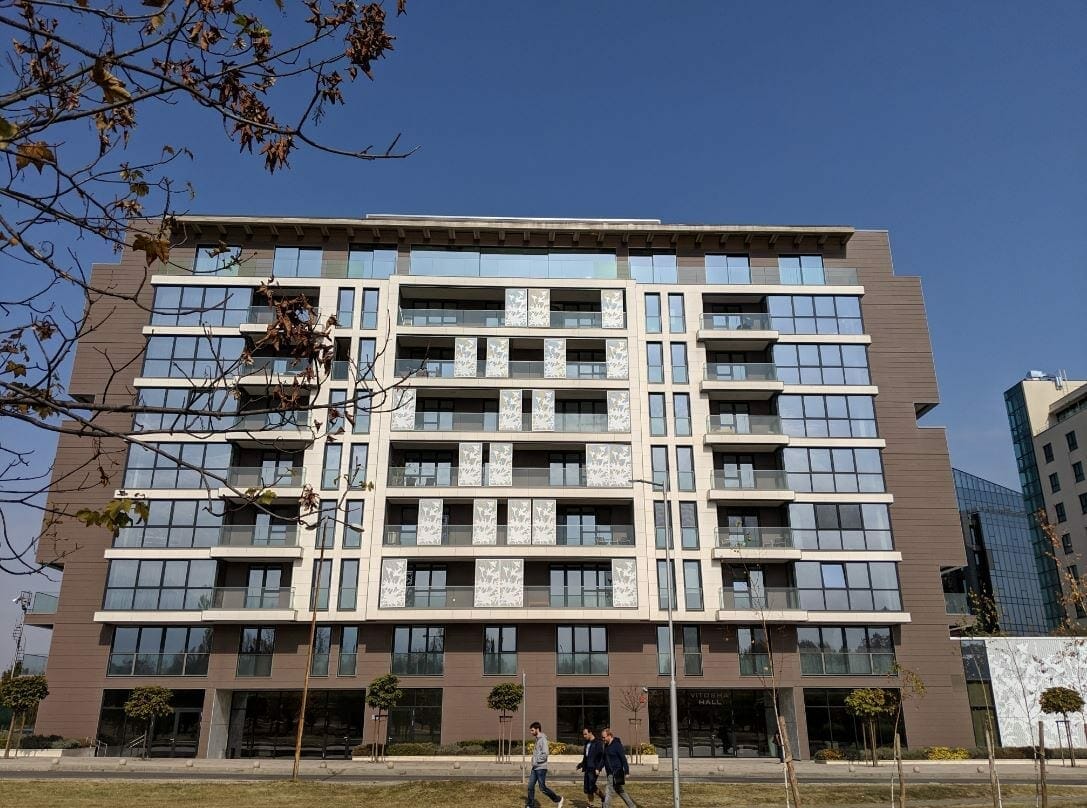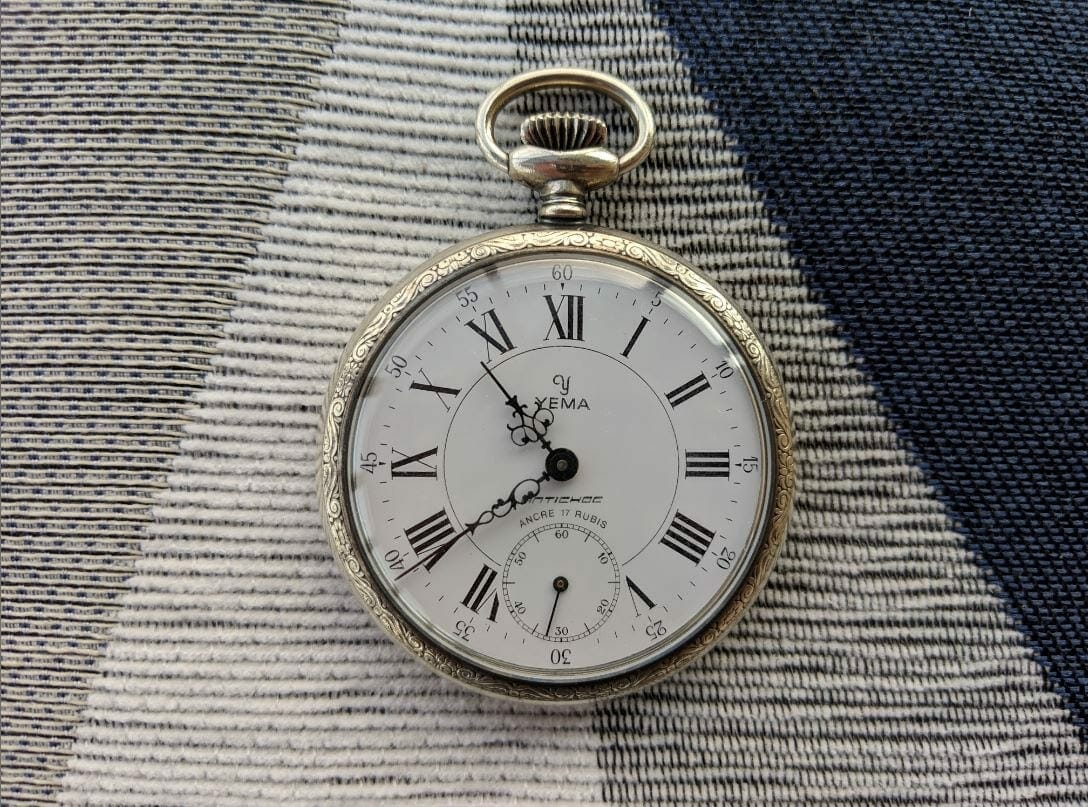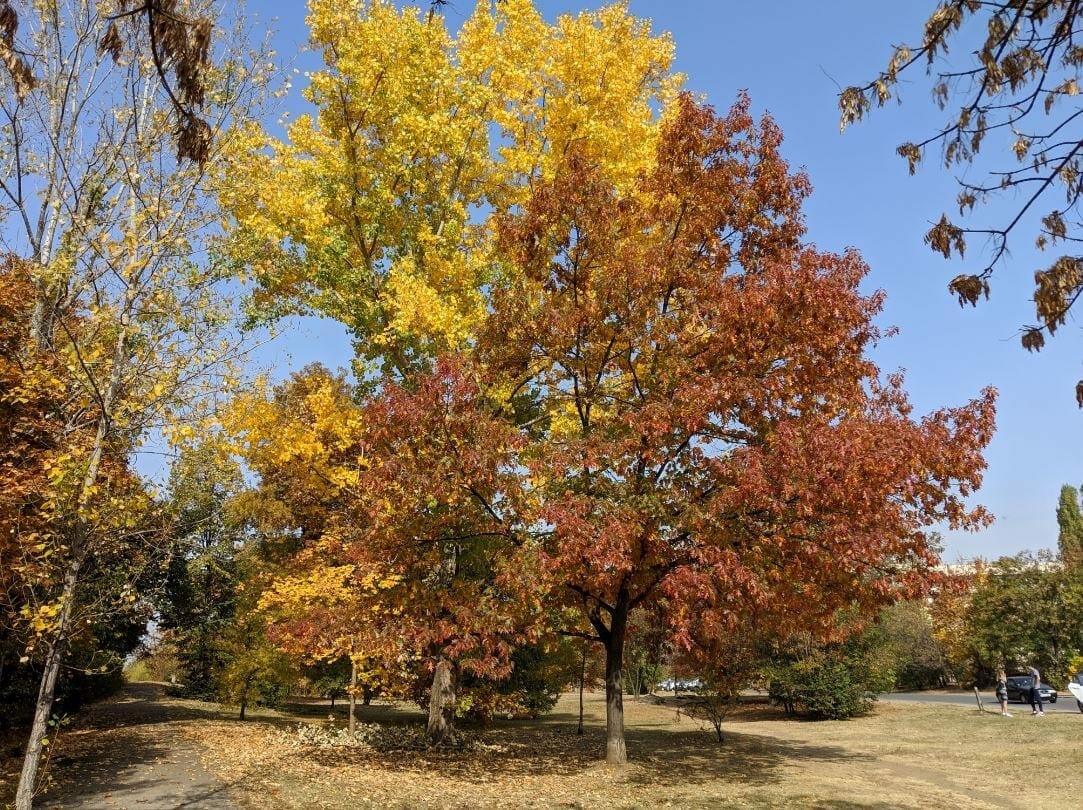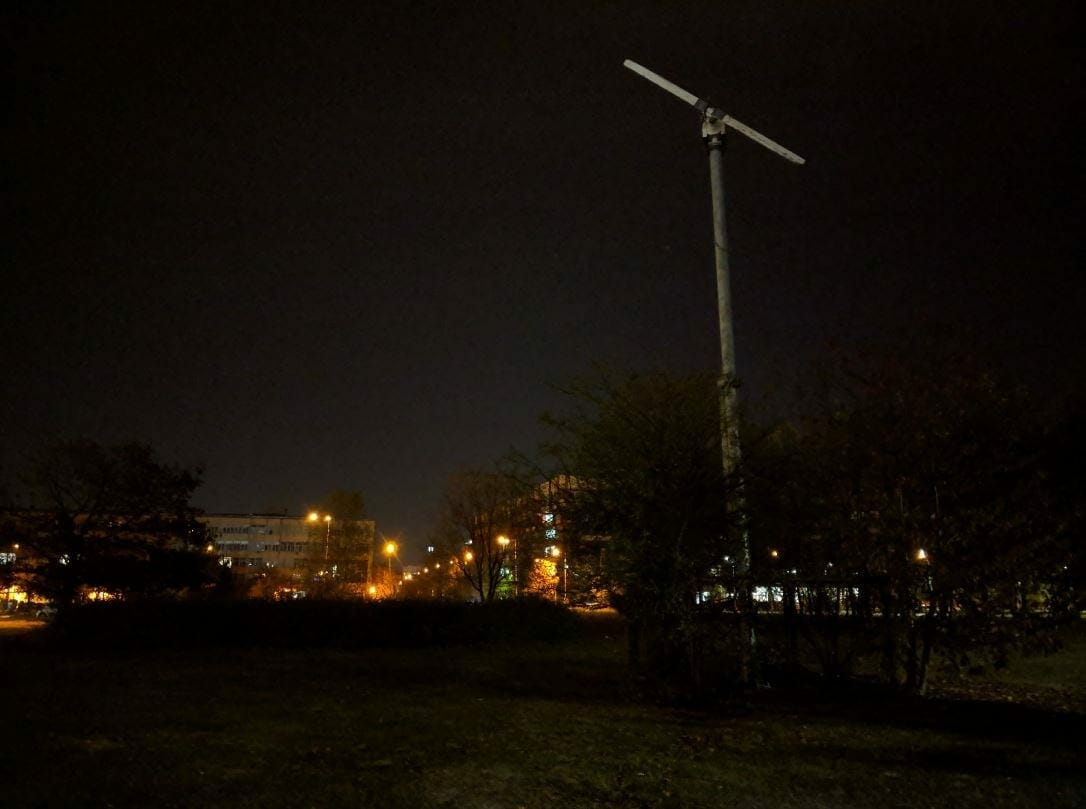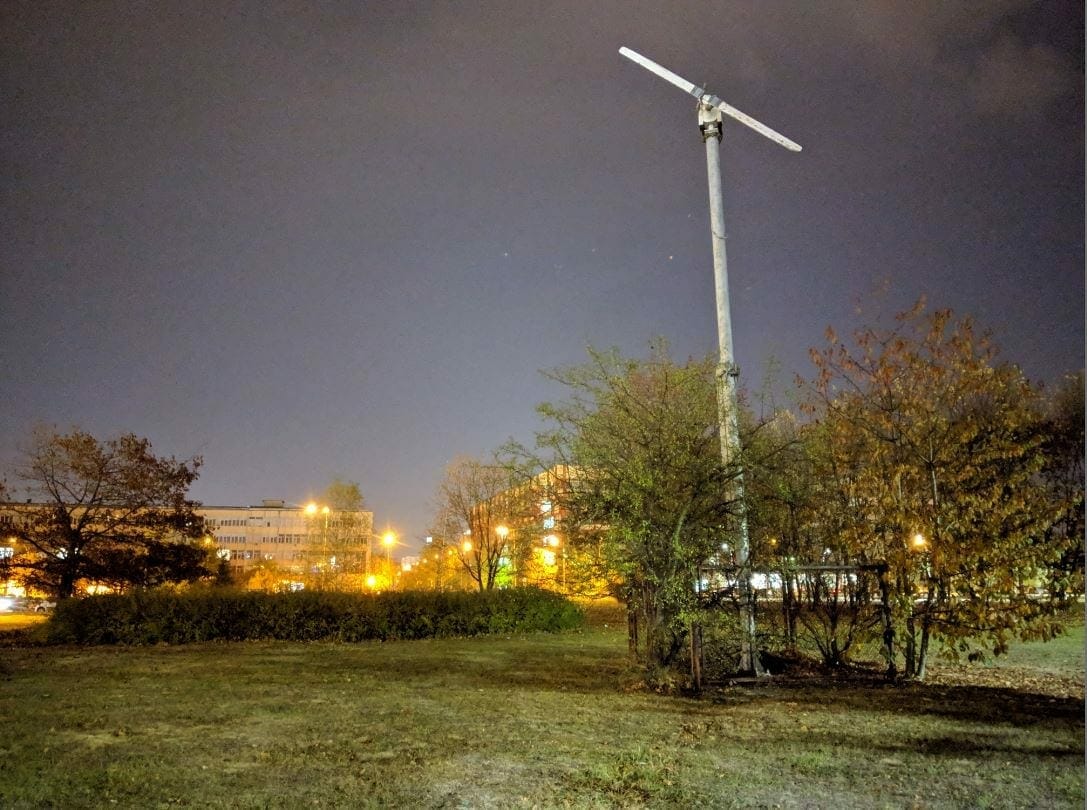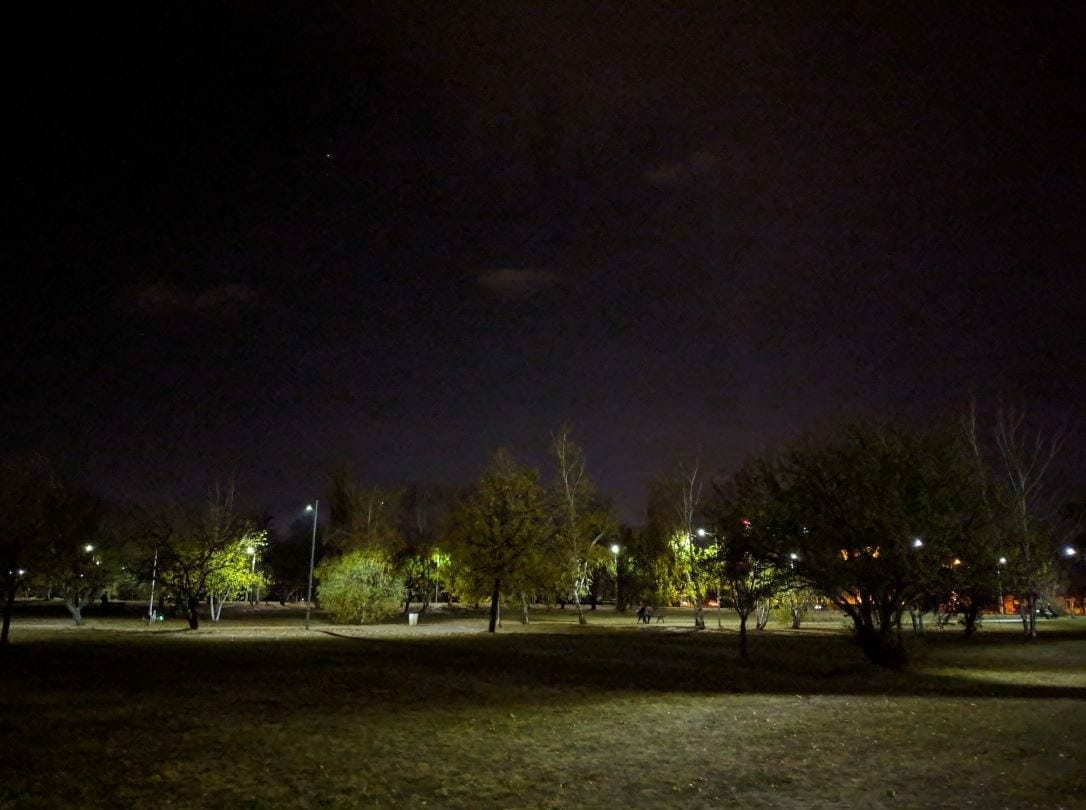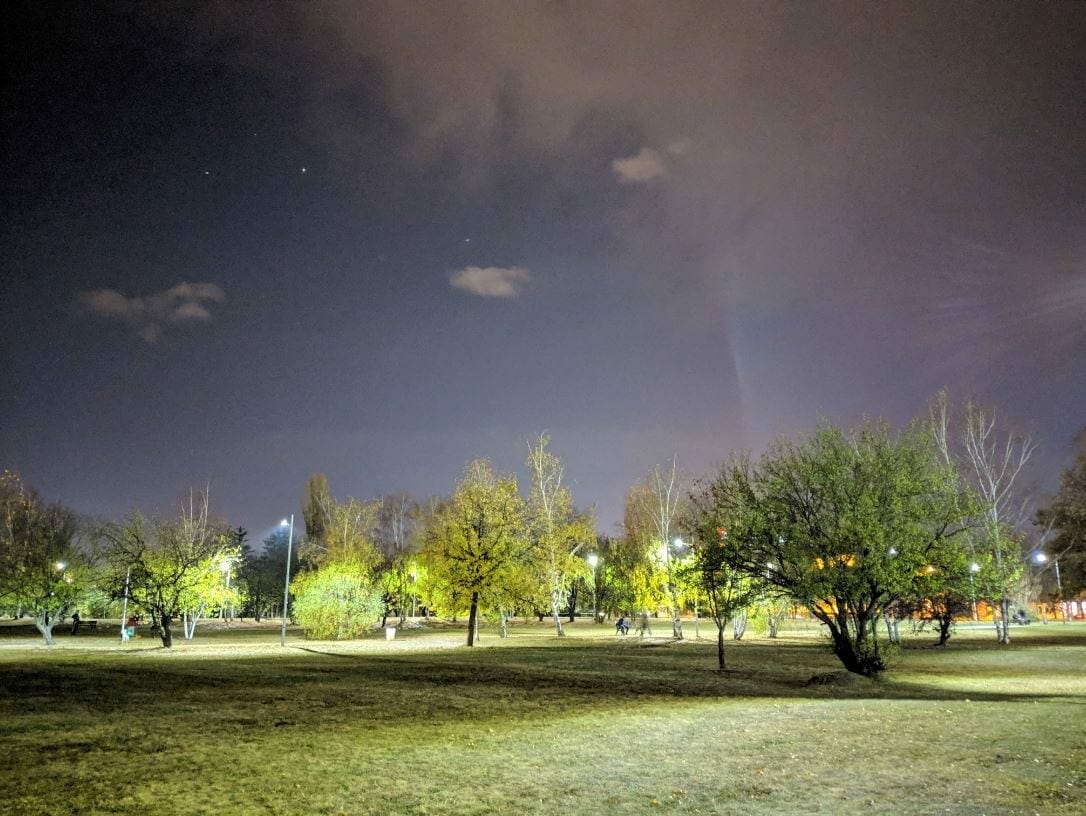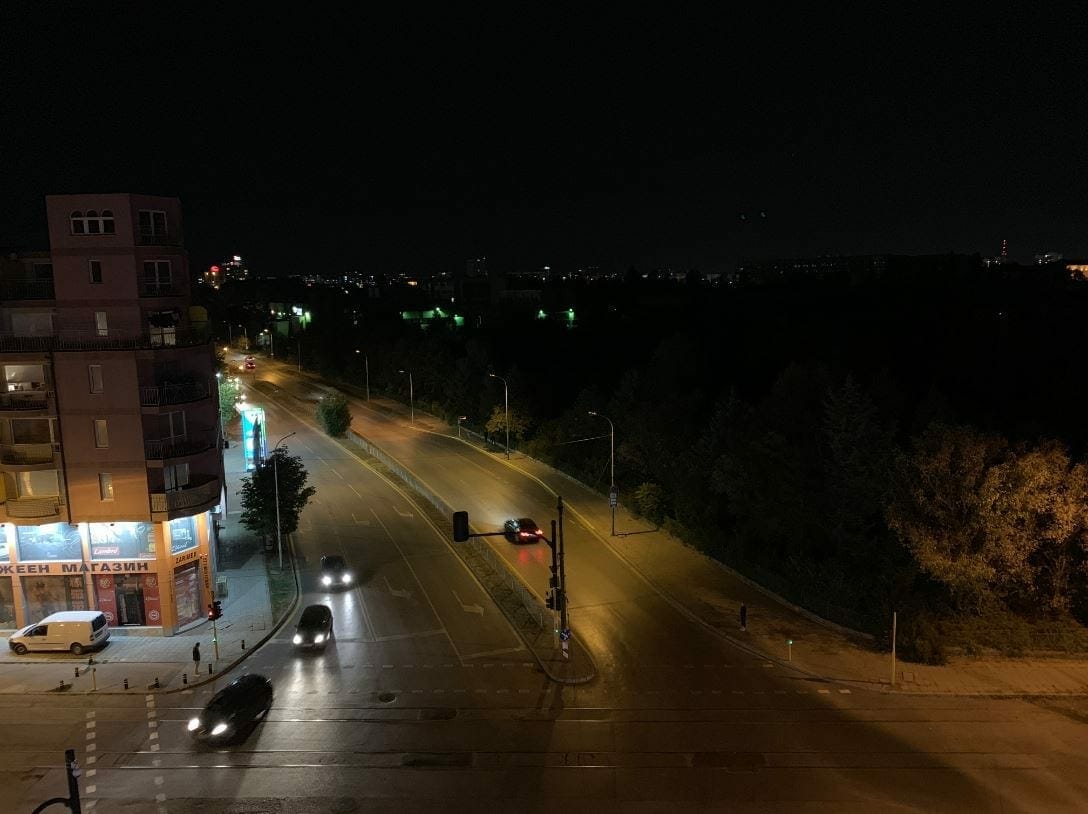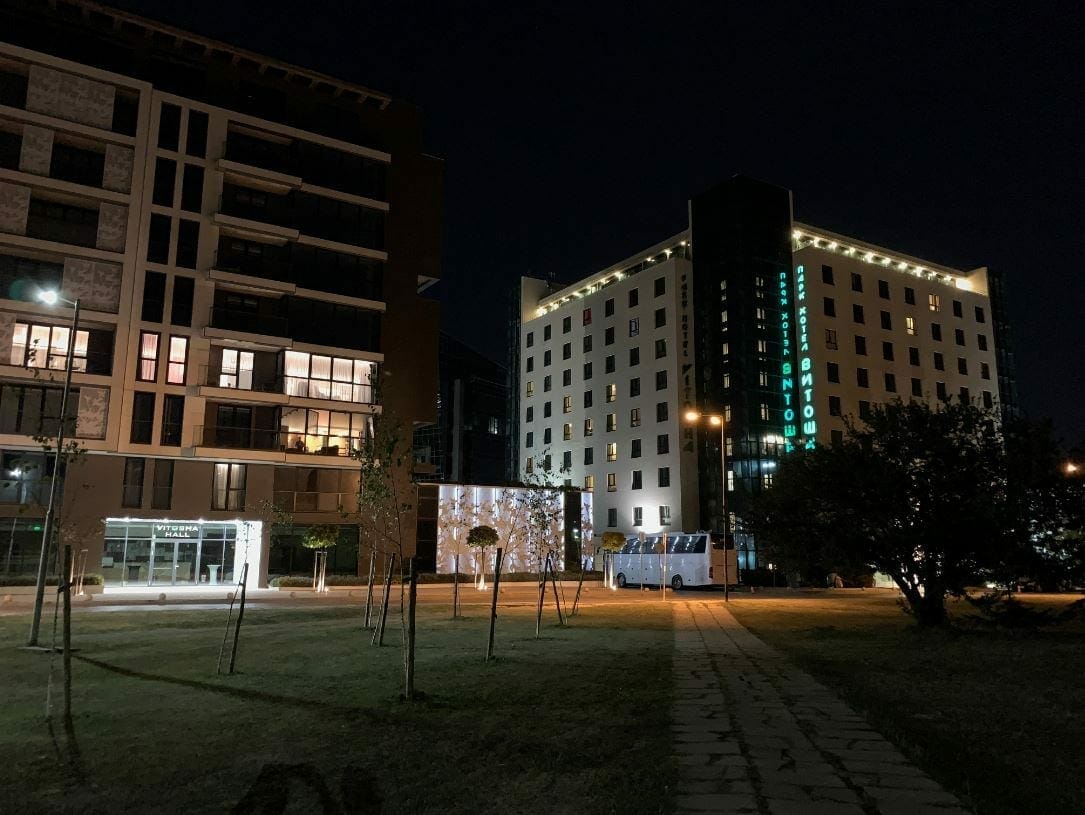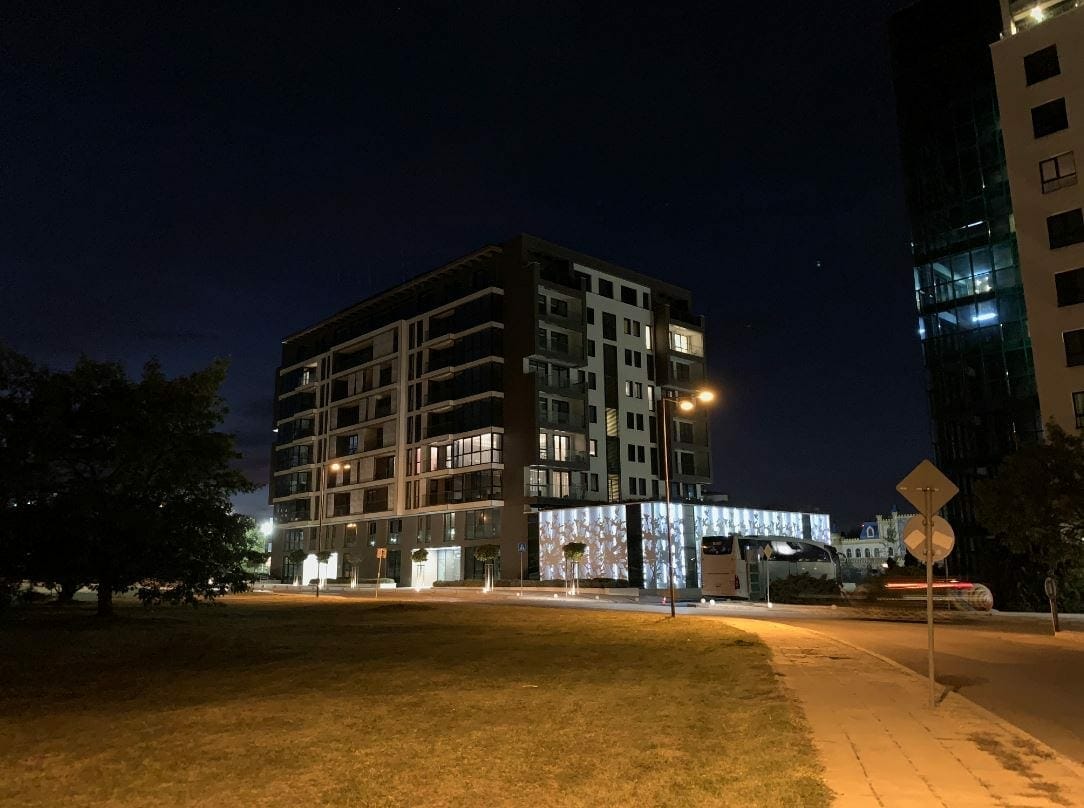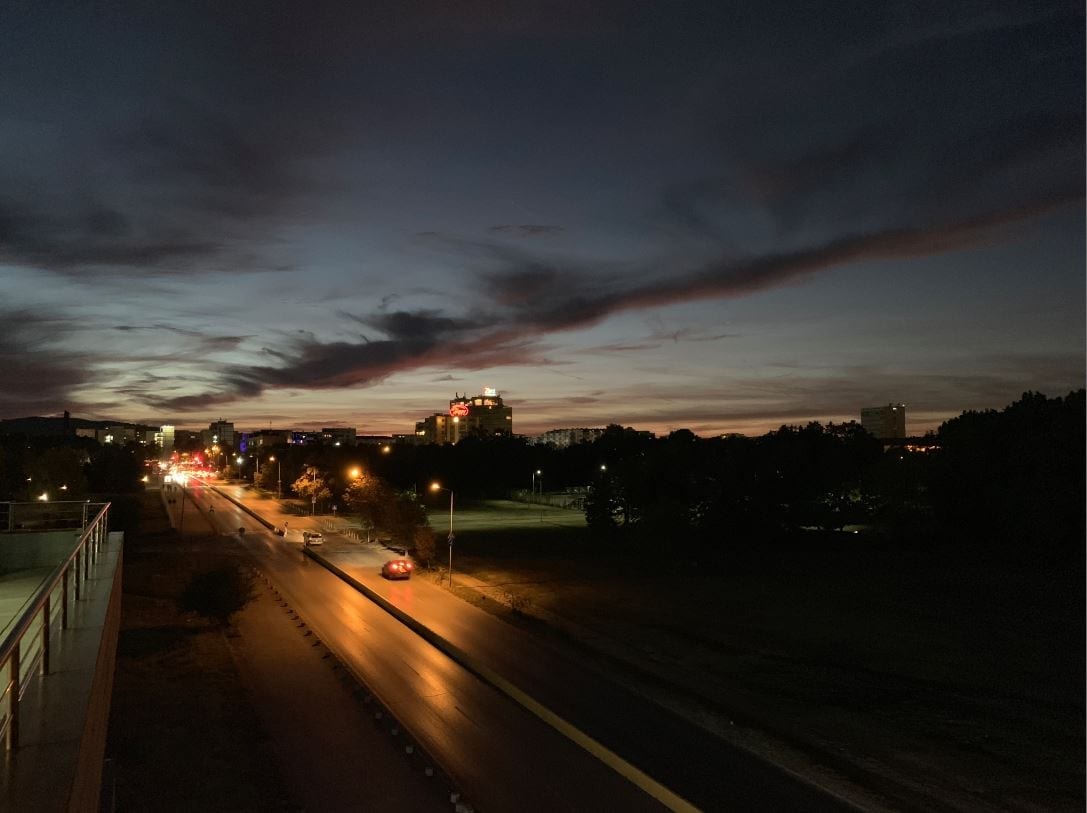From its humble beginnings as a VGA camera to its current form of multiple camera sensors, the modern smartphone camera has progressed by leaps and bounds over the last decade and a half. Having lived through the era of evolving smartphone cameras as a pre-teen I can recall how big of a deal it was when Nokia came out with the world’s first 2.0 MP camera in a smartphone, the Nokia N90 in 2005. It was not long after that Sony Ericsson joined the competition and released their K800i in 2006, the first 3.2 MP camera in a mobile phone. A phone that I would come to own a few years later. These two were some of the best camera phones of their time and little did we know that in a few years the iconic 3.2MP Cybershot sensor of the K800i would become obsolete.
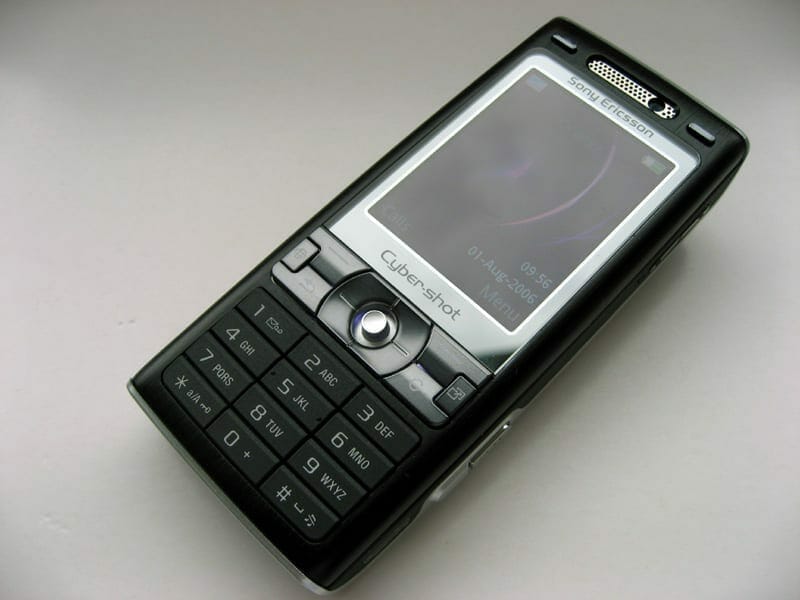
I can recall the sheer excitement of that era when mobile cameras were getting better and better with each passing year. Today, however, we have reached a place where even the cheapest Android smartphones boast a decent resolution camera which is more than capable of taking day time shots. However, the criteria have changed significantly for what makes a good smartphone camera today. There is much more competition and a plethora of features offered by each manufacturer which makes it difficult to discern which smartphone camera is the best.
Today, I will try to evaluate the camera capabilities of the three most highly acclaimed smartphones of 2018. The Mate 20 Pro, The Google Pixel 3 and the iPhone XS Max. We will only be talking about the primary cameras on all three phones as the selfie cameras are good enough across all of them.
Best Camera Phones of 2018: Mate 20 Pro, Pixel 3 and iPhone XS Max
We will be looking at the three most talked about camera smartphones of 2018. Do note that at this level of flagship smartphones the lines become increasingly blurred. Anyone of the three mentioned smartphones can perform exceedingly well on their own merit. However, there is always something that is lacking from one and present in the other. So let’s go through the three top performing camera smartphones of 2018.
1. Huawei Mate 20 Pro
Huawei Mate 20 Pro is Huawei’s latest flagship smartphone. It is all the rage these days especially after its camera was declared the best smartphone camera in a blind test done by MKBHD. It came on top of 16 other smartphones that were also in the test. So what exactly make’s it the best Smartphone camera on the market right now?
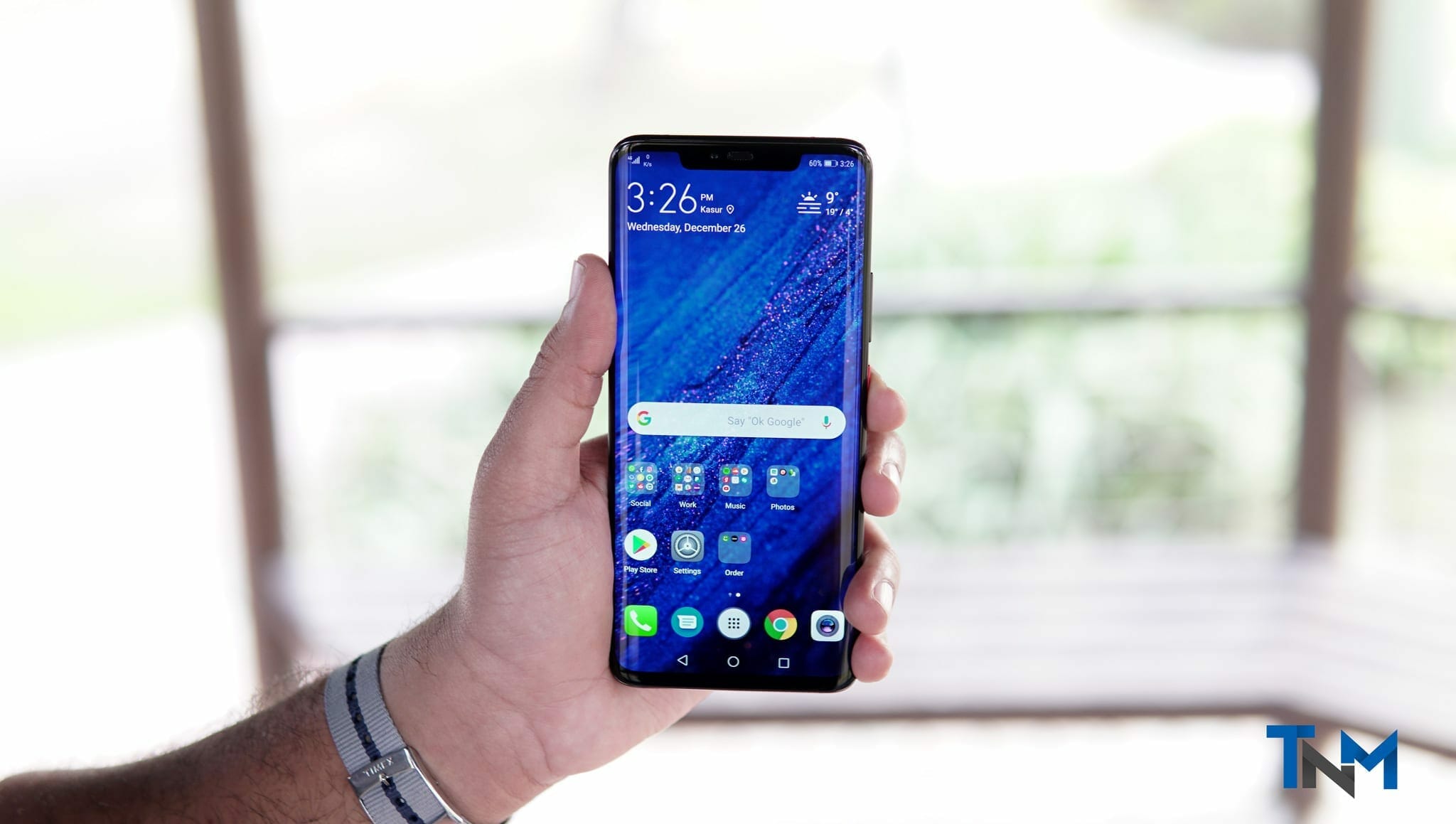
Huawei Mate 20 Pro Camera Hardware
The Huawei Mate 20 has three camera sensors on the back. A primary 40 MP with an aperture of f/1.8 and a diameter of 27mm. This is a wide angle lens in itself but the Mate 20 Pro does one better, it also features an ultra-wide lens with an MP count of 20. The 20 MP lens has an aperture of f/2.2 and a diameter of 16 mm. This lets you shoot some of the best Bokeh portraits I have ever seen in a smartphone. However, there is also a third lens, which is a telephoto lens with a pixel count of 8MP, and a diameter of 80mm. This lens lets you have a 3x optical zoom and Optical image stabilization.
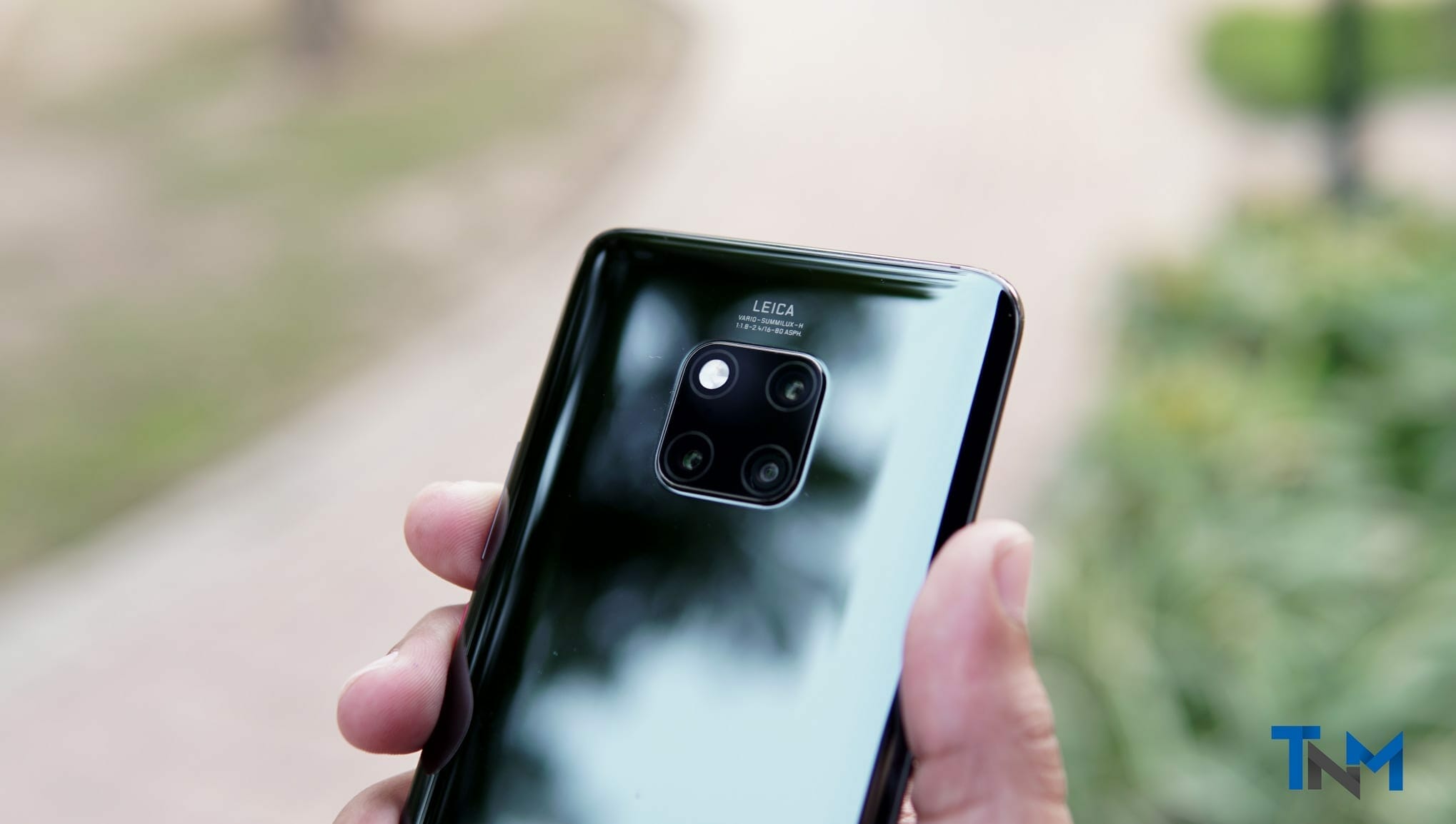
So it all looks good on the paper, what about real life performance then? Well, the Huawei Mate 20 Pro snaps some of the best pictures among smartphone cameras. The portrait shots are especially nice, subject separation is sublime, colors are accurate and following are some sample shots that we took for a better understanding.
Huawei Mate 20 Pro Sample Photos
Camera UI?
However, if we are to talk about the UI of the camera and the smartphone UI in general. That is where things start to fall apart. Now the UI isn’t exactly bad on the Huawei mate 20 Pro it just depends what you are used to. The smartphone next up in this list is the Pixel 3 and it is no revelation that Google knows its stuff when it comes to UI. There are no two opinions regarding stock android experience. It is crisp, fast, straightforward, intuitive and responsive. Same cannot be said for the Mate 20 Pro. The camera UI especially feels rather sluggish, and things seem to be all over the place. it is not a user-friendly UI in any way. It is a shame really for such a capable smartphone to be paired with such an underperforming UI.
There is no doubt that currently, the Huawei Mate 20 Pro has the best camera hardware of any phone in the market. Sadly, the same cannot be said for the software. The software experience is perhaps the only major drawback of this phone.
Huawei Mate 20 Pro Low Light Performance
Another major aspect of Smartphone camera performance is low-light photography. This is what separates the men from the boys. Huawei Mate 20 Pro is no rookie at low-light photography. This is where the night mode of the phone comes in. Huawei Mate 20 Pro takes some spectacular night photos and it is right up there with the Pixel 3 Night Sight. Low-light pictures come out sharp and rich in color. It creates pseudo long exposures by stacking multiple frames gathering light along the way. This helps the final picture with being sharp and retaining most of the detail. However, as with any other smartphone camera, low-light photography will be affected by the shakiness of your hand but the mate 20 Pro still does a good job of reducing the blur and is leaps ahead than other smartphones in the same price bracket.
Huawei Mate 20 Pro Video Camera
As for the video, the Huawei Mate 20 Pro can record video in the following resolutions and frame rates: 2160p@30fps, 1080p@60fps, 1080p@30fps (gyro-EIS), 720p@960fps
Courtesy of GSMArena, below are video samples for the Huawei mate 20 Pro video camera.
You can watch all the videos for yourself but do keep in mind that due to Youtube’s video compression the videos you watch are not raw. That being said, the Mate 20 Pro does perform decently at lower resolutions such as 1080p and 720p. 4K footage is not that impressive and there is no 4K@60fps so that is something to keep in mind. The 4K footage lacks in sharpness. On occasions, the colors seem washed out and I have personally seen better video quality from smartphones that cost a little less.
Moreover, you can shoot video with each camera in any resolution and use the 0.6x, 1x, 3x, and 5x triggers as you prefer. Another thing to note is that the 4K video although is advertised as being 30fps, in reality, though the video records at 25fps.
As for the low light videography, the Mate 20 Pro does surprisingly well. The closeup videos are amazing. The Mate 20 Pro has spectacular EIS and videos shot at night look amazing. Moreover, thanks to the high bitrate of 192kbps, the audio quality is very detailed and you will get good sound when recording at say a concent.
2. Google Pixel 3
The Pixel line of phones by Google is known for their stock Android OS and an extremely neat and flawless design. These phones are snappy, highly responsive and you get all the Android updates first when they roll out. Currently, the Pixel is Google’s latest smartphone and it was released in November this year. You can imagine the anticipation surrounding this phone knowing the fact that it was the most leaked smartphone prior to its release. However, long-term fans were a little disappointed at the physical design especially that big notch but other than that the Pixel 3 is the whole package.
![]()
One Camera Wonder
Most people would tell you that presently the Pixel 3 has the best smartphone camera on the market and there is a lot of truth to that claim. It is a very tight competition between the Mate 20 Pro and Pixel 3 when it comes to photography. However, I must mention that Pixel 3 manages to deliver all that camera magic with just a single camera module. That is right, the Pixel 3 unlike other flagships from this year only features a single lens and it does an exceptional job with that single lens. This is what is so impressive about Pixel 3’s camera and the reason behind this is Google’s software image enhancement that goes into an image once it’s taken.
Rightfully so, the Pixel 3 puts to shame a lot of smartphones that make use of multiple camera setups. Moreover, there is no denying that the Google camera app is a marvel in itself. The extremely intuitive and neat UI that the Google Camera offers is what makes it the best native camera app in the smartphone market. This is why modders have recently ported the Google Camera to other flagship devices such as the OnePlus 6T and Samsung Galaxy Phones.
What really separates the Pixel 3 from the competition is the NightSight mode that manages to snap beautiful low-light shots keeping the noise at the minimum and retaining all those details and colors. NightSight has been at the forefront of Android news ever since the phone came out. it is also the reason why other manufacturers such as OnePlus and Huawei came up with their own night modes to deliver competent pictures in low light.
Pixel 3 Camera Hardware
The Pixel 3 features a single 12.2 MP primary camera with an aperture of f/1.8 and 28mm diameter. Pictures taken on Pixel 3 are immensely detailed, they have good color balance and nice saturation.
Pixel 3 Sample Photos
In a nutshell, the Pixel 3 delivers detailed pictures that are very color accurate. The dynamic range is also something that Pixel 3 does very well along with the Autofocus. Moreover, the colors on the Pixel 3 are warmer now as compared to its predecessor. The only gripe I have with the Pixel 3 is the super-res zoom. This is where smartphone cameras, like Mate 20 Pro, that have a separate telephoto lens really stand out because of the optical zoom. The digital zoom on Pixel 3 is nothing to write home about, after about 5x, the image starts to get blurry and loses too much detail.
Portrait Mode
Subject differentiation is very good on Pixel 3 when it comes to taking portrait photos. The edge of the subject is very sharp and its safe to say that Google has nearly perfected the art of Bokeh effect with its single lens smartphones and exceptional AI. Check out the following samples from GSMArena.
Pixel 3 Low Light Photography
The Google Pixel 3, however, really shines when it comes to low-light photography. The NightSide mode that is exclusive to Pixel 3 really brings out the details in low light pictures. It is one of the best software enhanced low-light imagery that I have ever seen on a smartphone.
Google Pixel 3 Video Camera
Video recording on Pixel 3 is pretty good. It offers 4K@30fps, 1080p@60fps. Its a bit of a let down that there is no 4K@60fps but other than that the 4K video seems good enough.4K videos have a bit rate of 48Mbps, 1080p/60fps makes do with 33Mbps and 1080p/30fps gets 22Mbps. All videos are encoded with the h.264 codec by default, but there’s a toggle in Advanced settings to switch to h.265. Audio is recorded in stereo at 192kbps – which is an improvement over Pixel 2’s mono audio.
Pixel 3’s video stabilization is especially good. As long as you standing still it will stabilize the minor movements of your arm perfectly.
Check out the following samples courtesy of GSMArena.
In general, videos have a bit of restrained processing, with color saturation and contrast set a little conservatively. There’s a ton of fine detail in 4K capture, but also more than the usual amount of noise.
3. Apple iPhone XS Max
Apple came out with three new iPhones in Septemeber this year, among the three, the iPhone XS Max is regarded as the flagship device with all the goods and features. It is also their most expensive device currently so make sure your pockets are big enough. Ever since it came out the iPhone Xs Max has held its own when it comes to camera capabilities. If we are going to talk about Best Camera Phones there is no way we can leave Apple out. Apple is no stranger to the camera competition and the iPhones have generally done very well in terms of photography capabilities. The iPhone XS Max is no different and I must say that at this level of smartphones the differences become very hard to tell. The iPhone XS Max goes toe to toe with Pixel 3 and Mate 20 Pro.
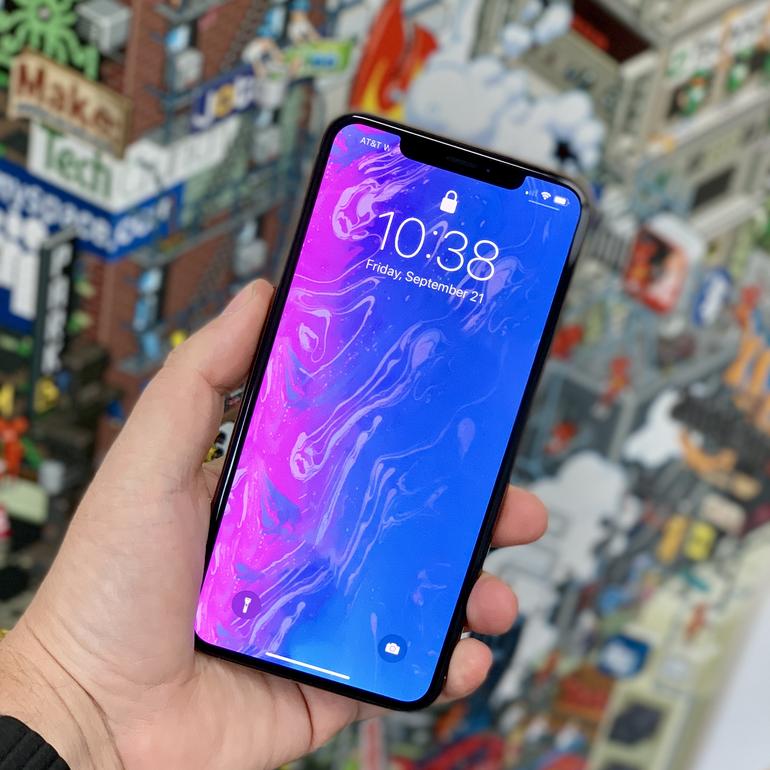
iPhone XS Camera Hardware
The iPhone XS Max houses dual cameras in the rear, one is a 12 MP, f/1.8, 26mm wide angle lens whereas the other one is a 12 MP, f/2.4, 52mm telephoto lens. Both lenses have OIS and the telephoto lens also features 2x optical zoom.
While most of the camera hardware seems identical to the iPhone X, there are some changes nonetheless, the primary sensor, 12MP, introduces slightly larger pixels i.e. 1.4µm, up from 1.22µm and doubles the focus pixels. This means a better more detailed picture. Moreover, The wide-angle f/1.8 lens has changed since the iPhone X. Now, the main camera of the iPhone XS and XS Max offers an equivalent field of view of a 26mm lens (in 35mm camera terms). The iPhone X had a bit narrower FoV with its 28mm lens.
Furthermore, The camera on iPhone XS Max now benefits from an improved image signal processor with a 4-frame buffer that helps with zero shutter lag. There is also an improved smart HDR feature. In addition to those 4 frames, the camera also captures interframes, plus a long exposure, all of which are merged into a single photo with improved dynamic range.
iPhone XS Sample Photos
Apple iPhone XS Max takes spectacular photos, the images are rich in detail and color while not overdoing it. Every photo you take with the iPhone XS Max is corner-to-corner sharp, also thanks to smart HDR the colors are extremely accurate. The low light photography is also very detailed, however, there is some noise in there.
Portrait Mode
Moreover, the portrait mode on the XS has improved significantly over the past iPhones. The Apple software uses the distance between the two camera sensors to carve out a depth map and then it applies the blur around the subject accordingly. This results in an extremely realistic bokeh effect, almost like that of a real DSLR camera although every bit of it is software induced.
Apple iPhone XS Max Video Camera
We finally have a smartphone camera in our list which is actually capable of 4K@60fps video recording. Apple iPhone XS is by far the best video recording smartphone I have personally used this year. Moreover, the iPhone XS max can do 1080P@240fps.
The 4K 60fps videos are available only on the new high-efficiency format (H.265 HEVC). The regular 4K at 30 fps, 1080p at 30, and 1080p at 60fps are available for both H.264 and HEVC. The 4K at 24fps film mode is here to stay, too.
As for the audio, the iPhone XS Max captures wide stereo recording for the videos. This means spatial sound, just like some recent HTCs and some old Nokia phones did, and you should enjoy richer and deeper sound if compared to just regular stereo.
The 4K recording, be it 30 fps or 60 fps, is the best-looking one I have seen on a phone. It is high in detail and has good color separation. The contrast and white balance seem perfect.
The 1080p videos, 30 or 60 fps, main or telephoto camera, are spectacular. An abundance of detail, great foliage, and impressive dynamic range. Those are among the best 1080p videos a smartphone can do.
Conclusion
In conclusion, all three smartphones deliver an amazing photography experience, as I said in the beginning when we arrive at this level of technological sophistication, the differences among different devices become increasingly small. All thee devices represent the best their respective brands have to offer. In the end, most of it also comes down subjectivity and personal preference, for me, however, the current number one smartphone camera is undeniably the Huawei Mate 20 Pro, followed by the Google Pixel 3 and then the iPhone XS Max. Huawei Mate 20 Pro has undoubtedly the best camera hardware and since the focus of this article is specifically on cameras I had to give Mate 20 Pro the first place. However, in terms of UI, the Mate 20 Pro is nowhere near the Pixel 3 or iPhone XS Max, both of which are known for their snappy UIs. As for the device that offers the best of both worlds, id go with Pixel 3, it has a great camera and an amazing stock android experience. The iPhone XS Max is undeniably the best video recording smartphone on the market right now, however, it does everything else exceedingly well too. If you are used to iOS and have been using Apple iPhones for a while then you know which smartphone you are getting.
This is all, thanks for reading and do let me know in the comments what your thoughts are regarding my picks for the Best Camera Phones of 2018.

